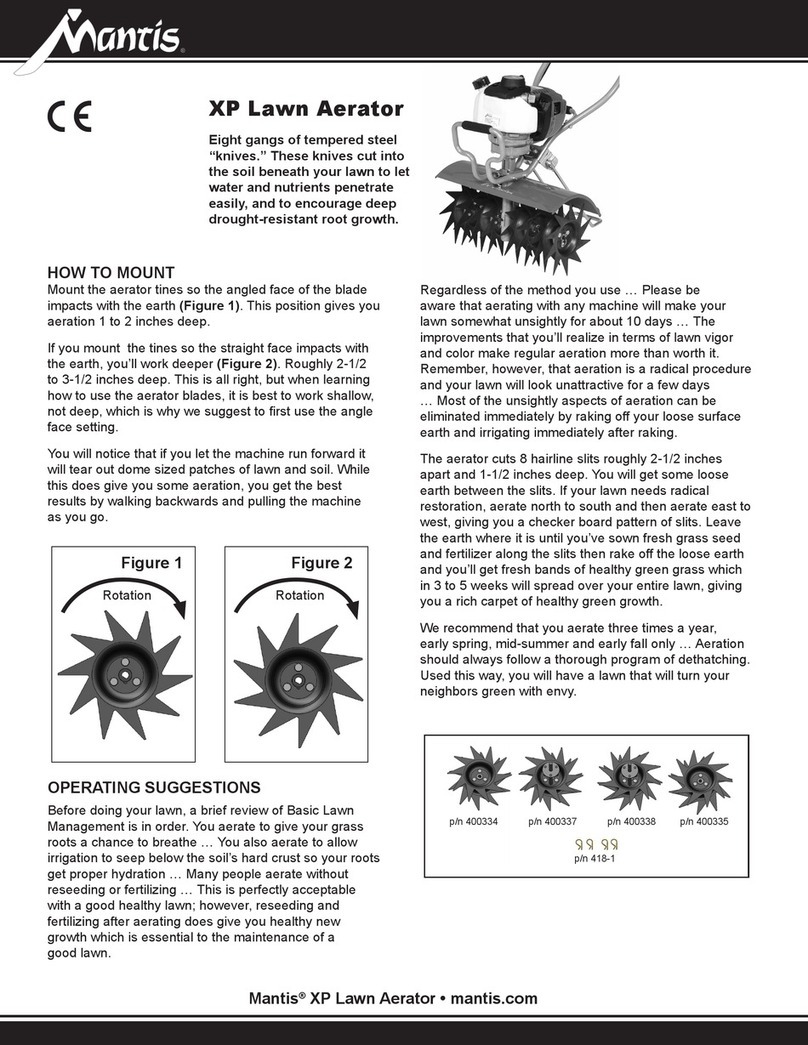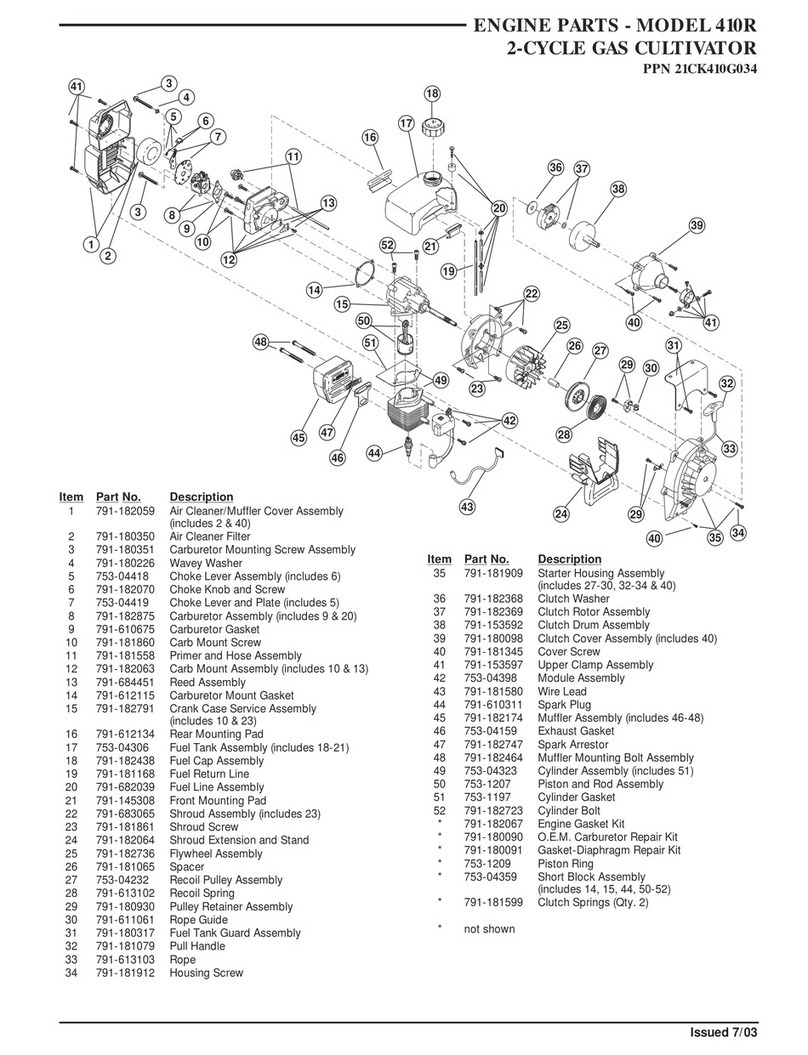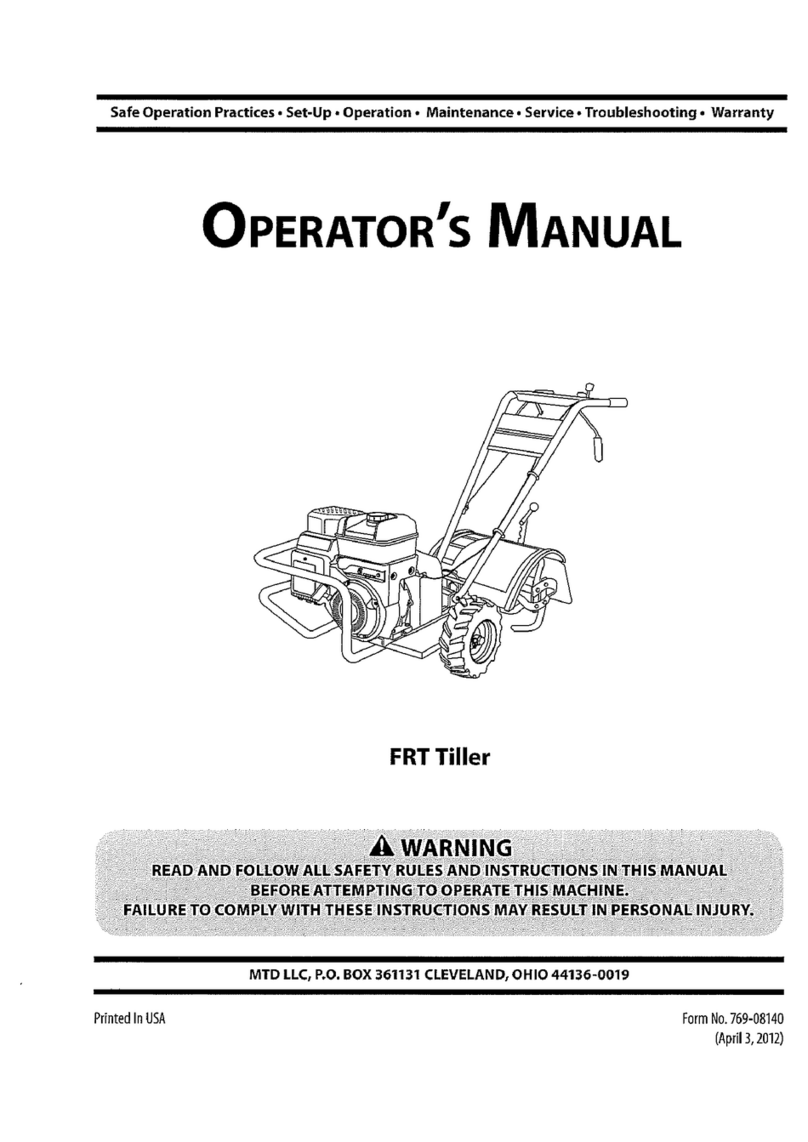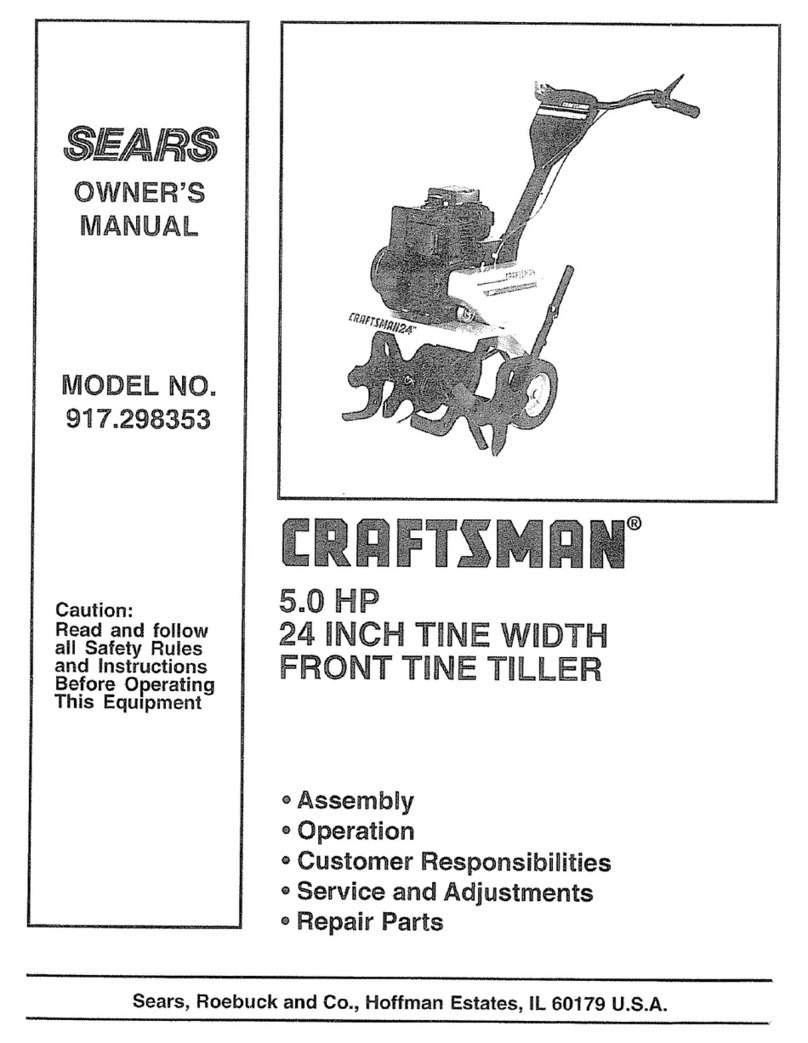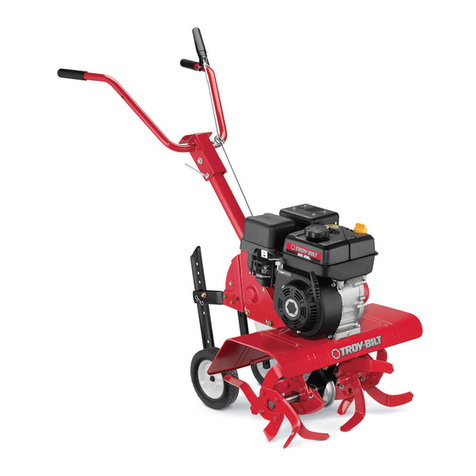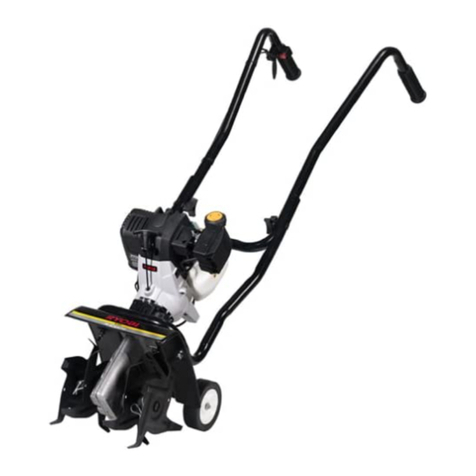Mantis 7263 User manual
Other Mantis Tiller manuals

Mantis
Mantis DELUXE 7264 User manual

Mantis
Mantis Tiller User manual
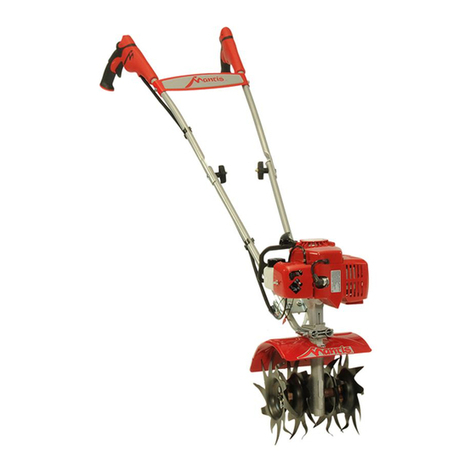
Mantis
Mantis 7920 User manual

Mantis
Mantis 7920 User manual

Mantis
Mantis Tiller/Cultivator User manual
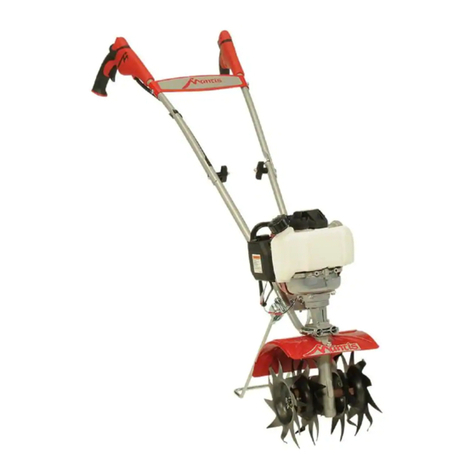
Mantis
Mantis 7940 Programming manual
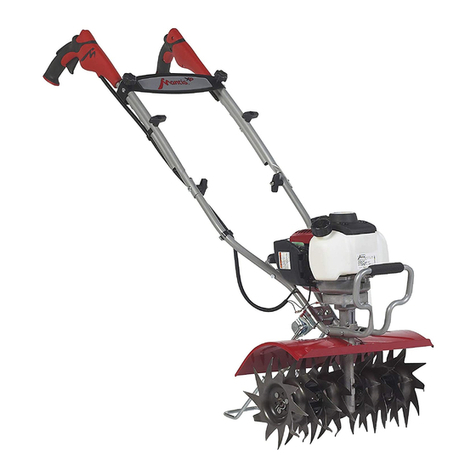
Mantis
Mantis 7566 Programming manual

Mantis
Mantis Tiller/Cultivator User manual
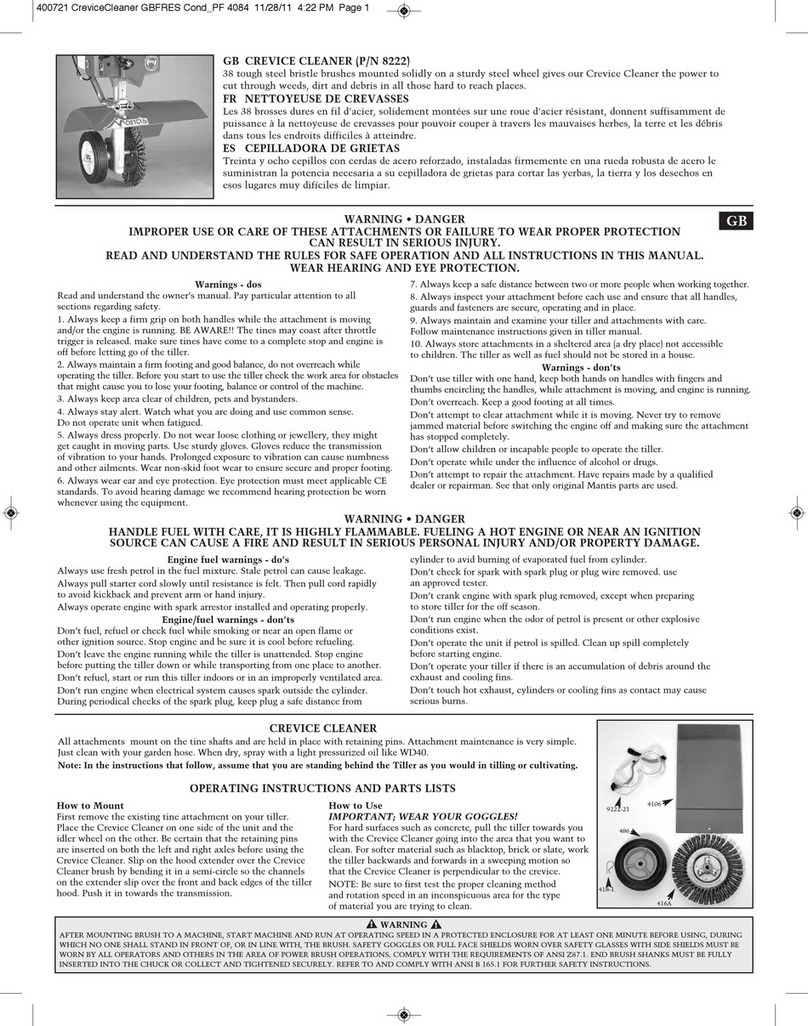
Mantis
Mantis 8222 User manual
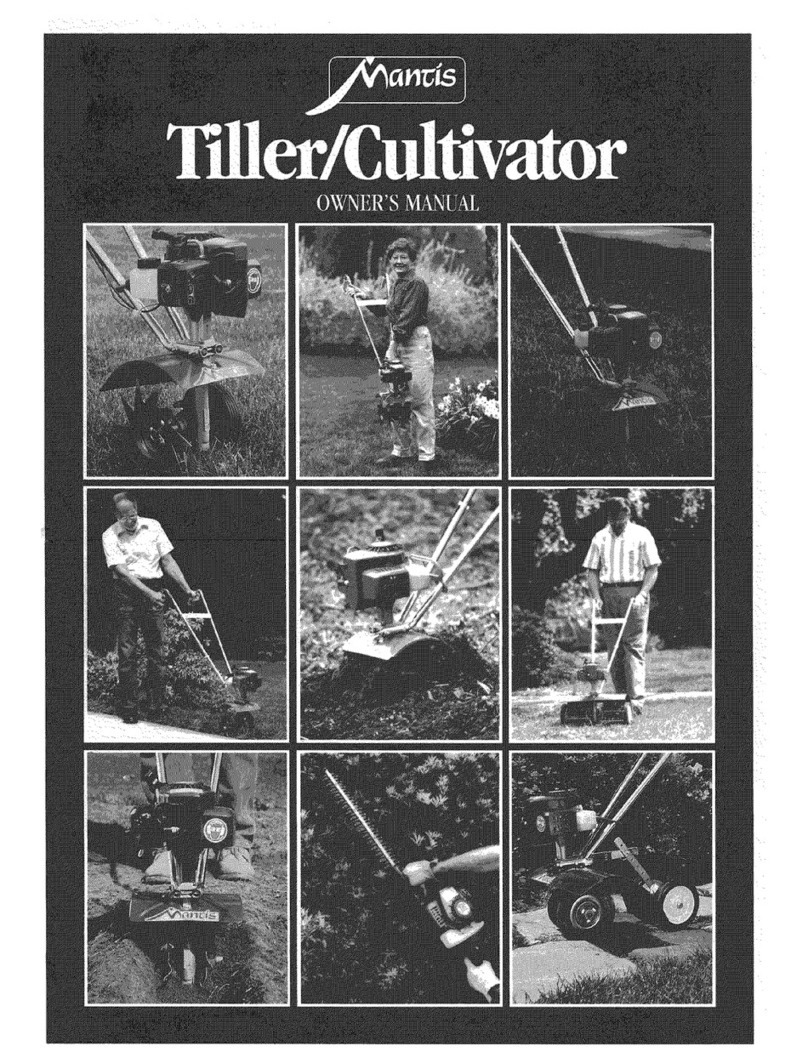
Mantis
Mantis 7222E User manual
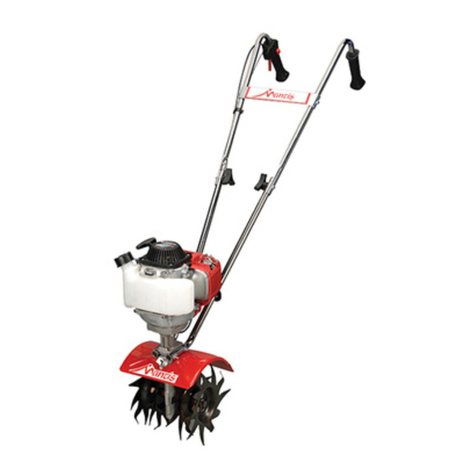
Mantis
Mantis 7262 Programming manual
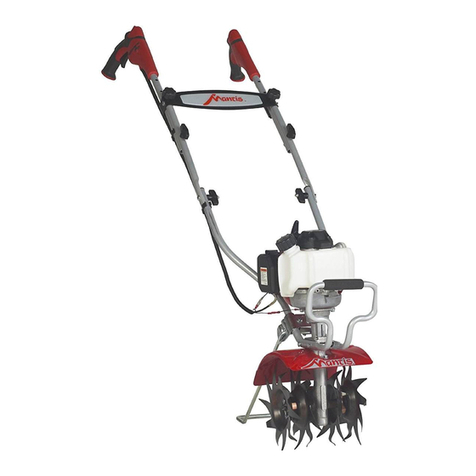
Mantis
Mantis 7265 Programming manual
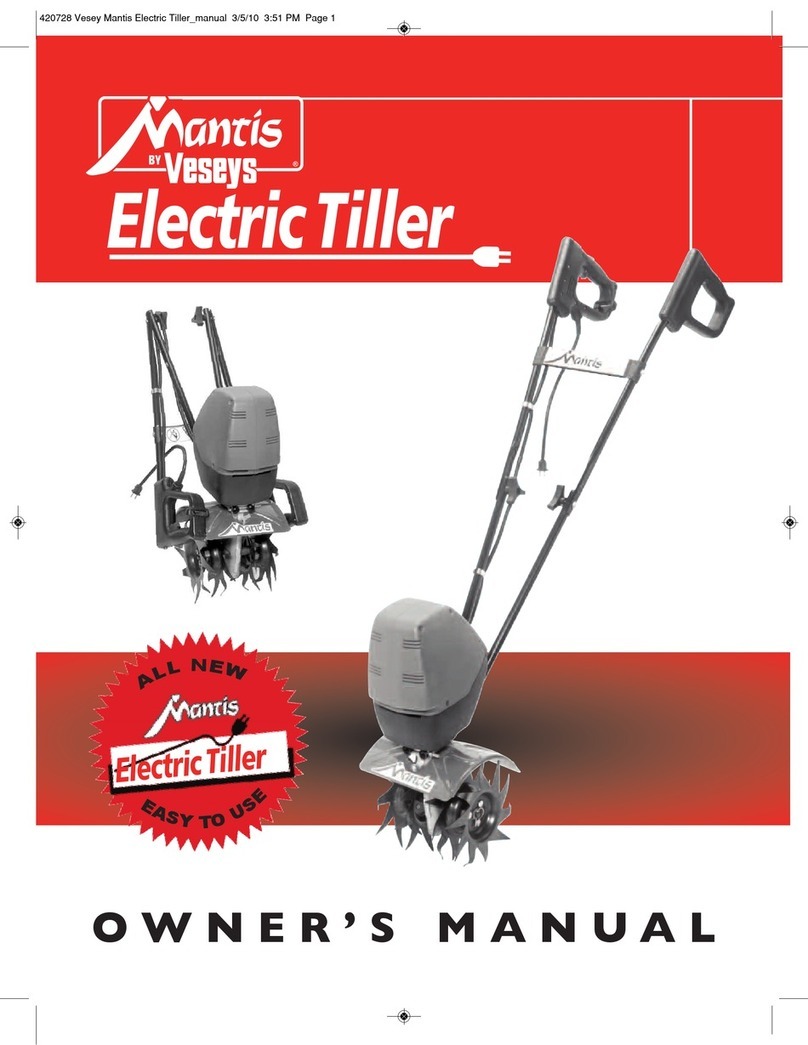
Mantis
Mantis ElectricTiller User manual

Mantis
Mantis Tiller/Cultivator User manual

Mantis
Mantis 7234 DELUXE User manual
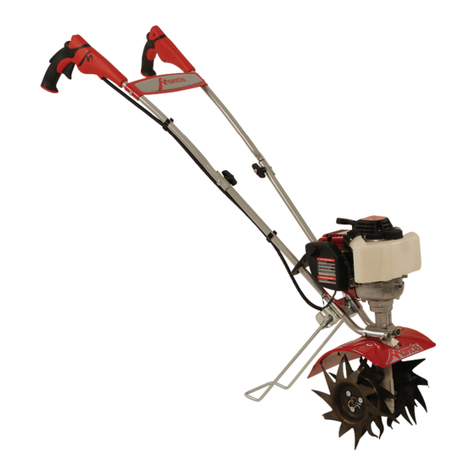
Mantis
Mantis 7945 Programming manual
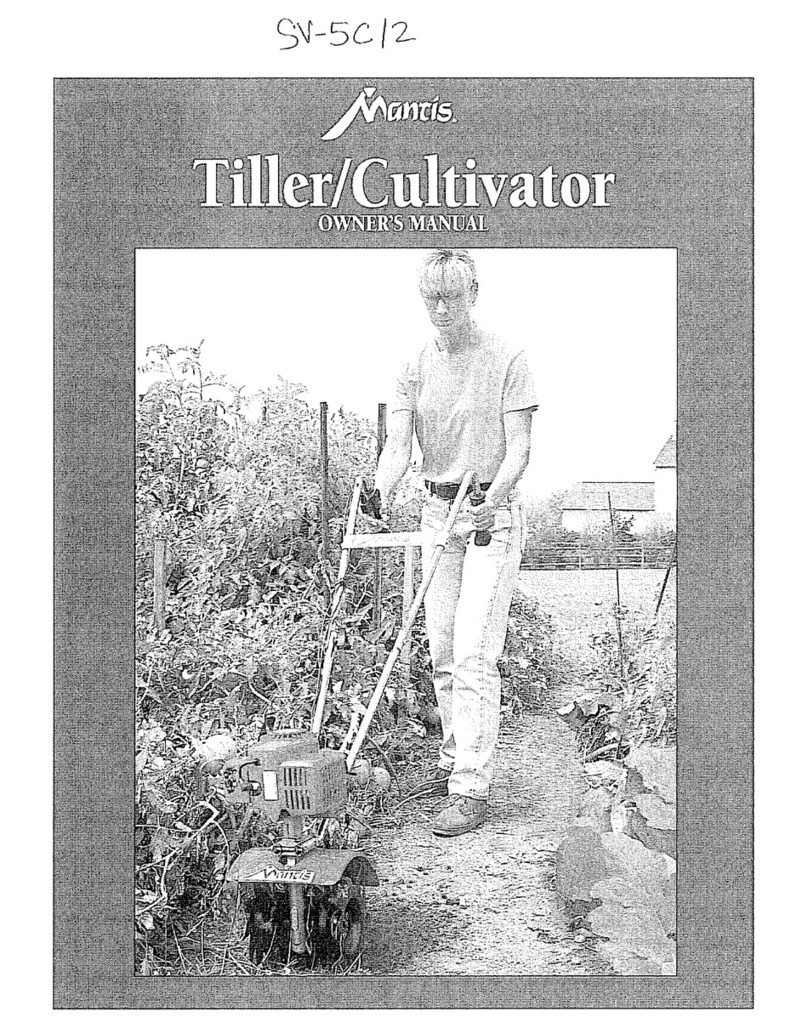
Mantis
Mantis SV-5C/2 User manual
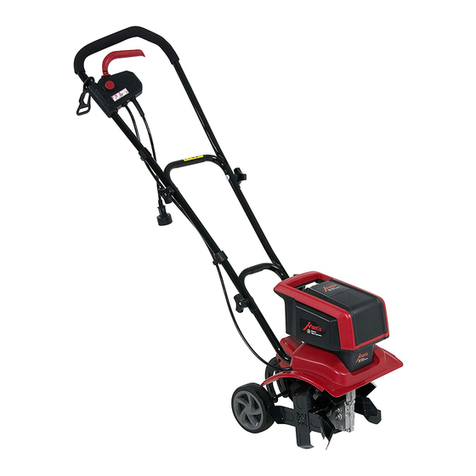
Mantis
Mantis 3550 User manual
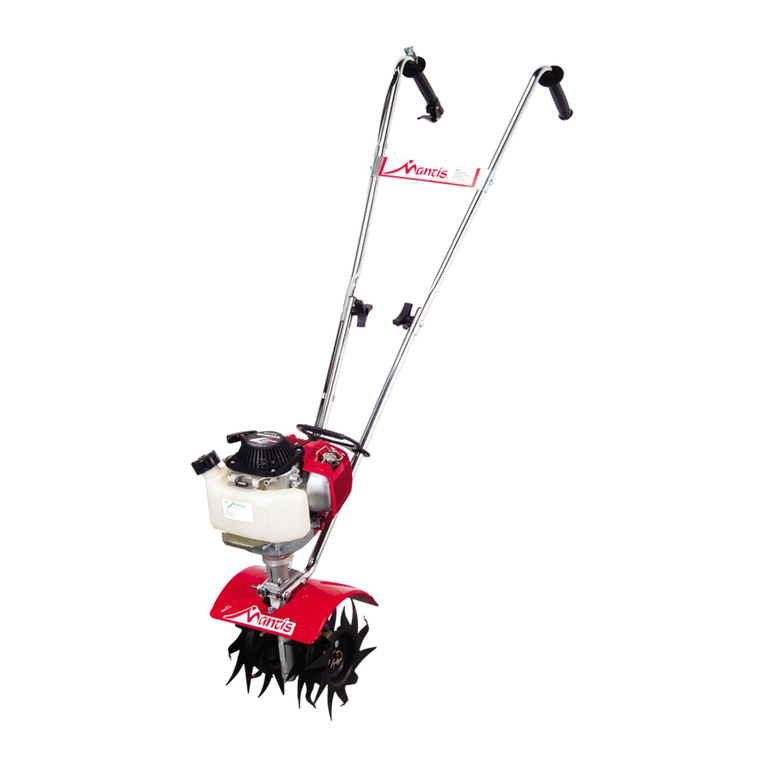
Mantis
Mantis Tiller User manual
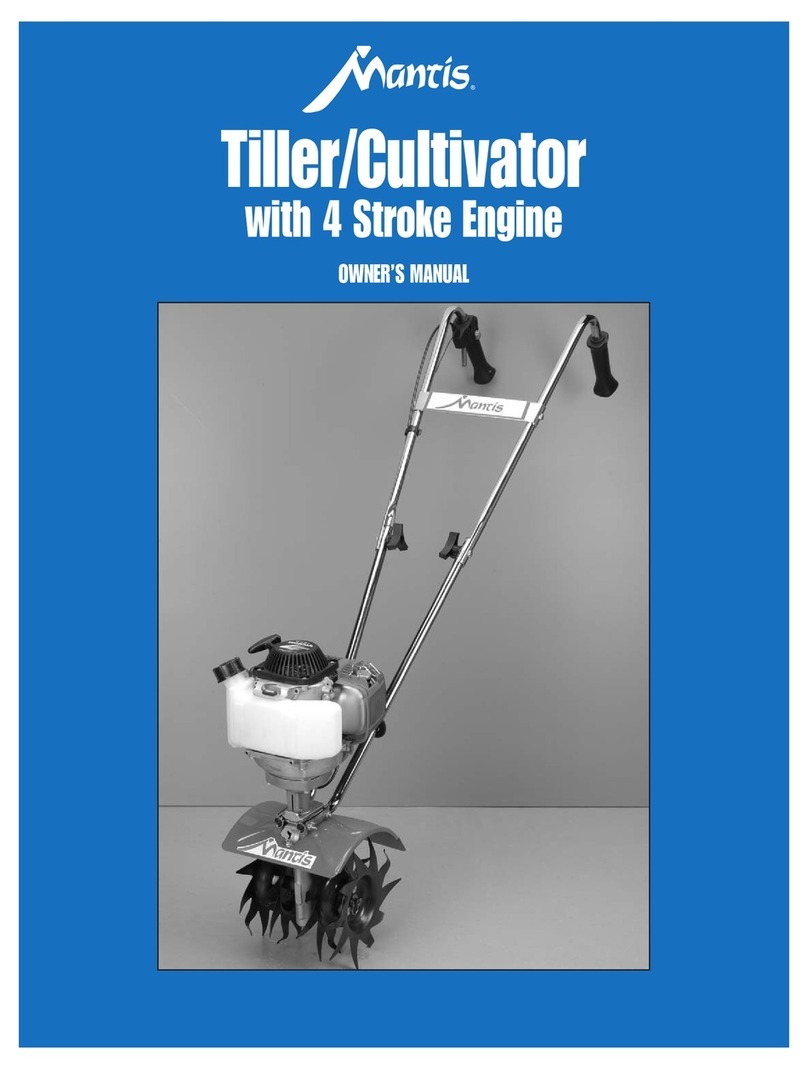
Mantis
Mantis Tiller/Cultivator User manual
Popular Tiller manuals by other brands
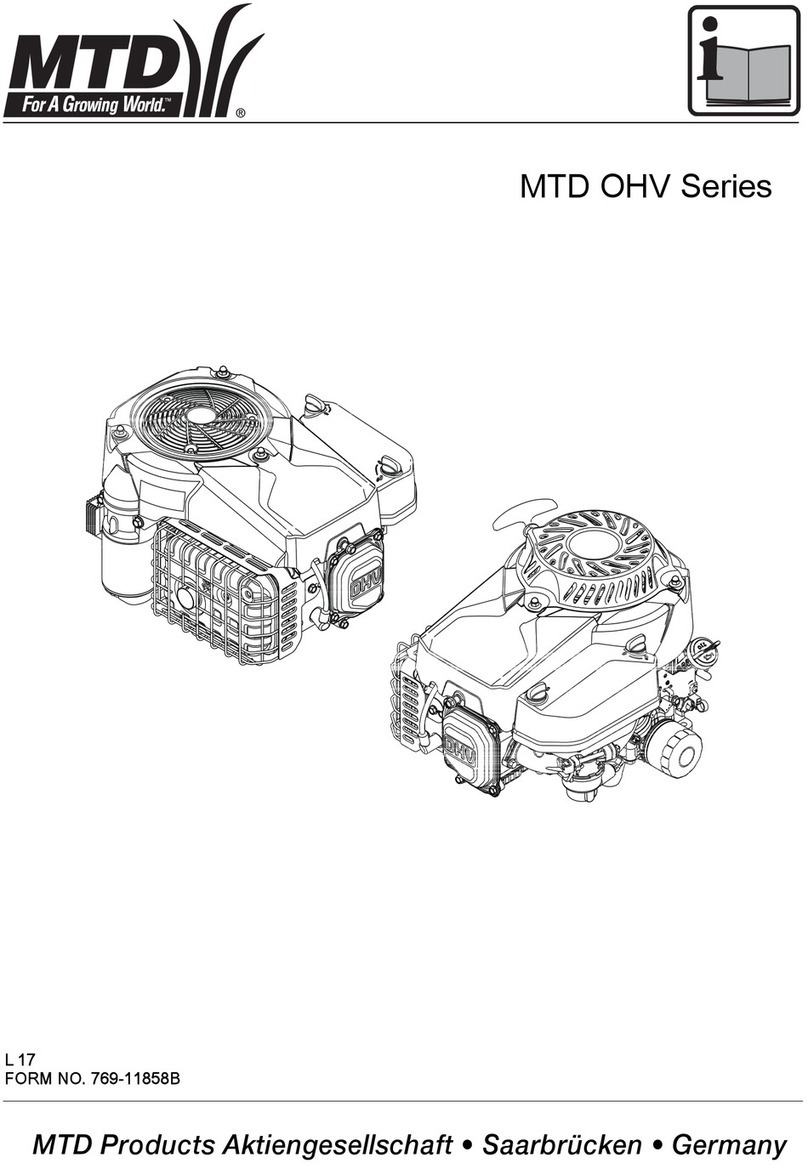
MTD
MTD OHV Series Original operating instructions

YAT
YAT YT5601-01 Assembly, Use, Maintenance Manual
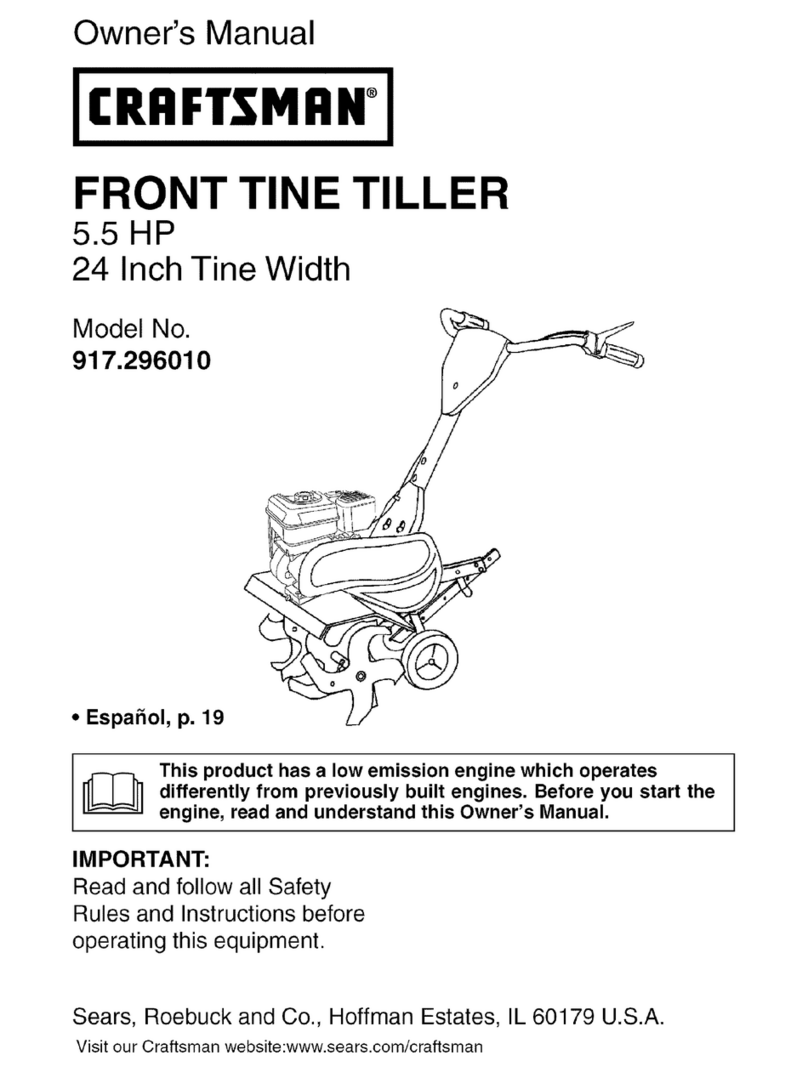
Craftsman
Craftsman 917.296010 owner's manual
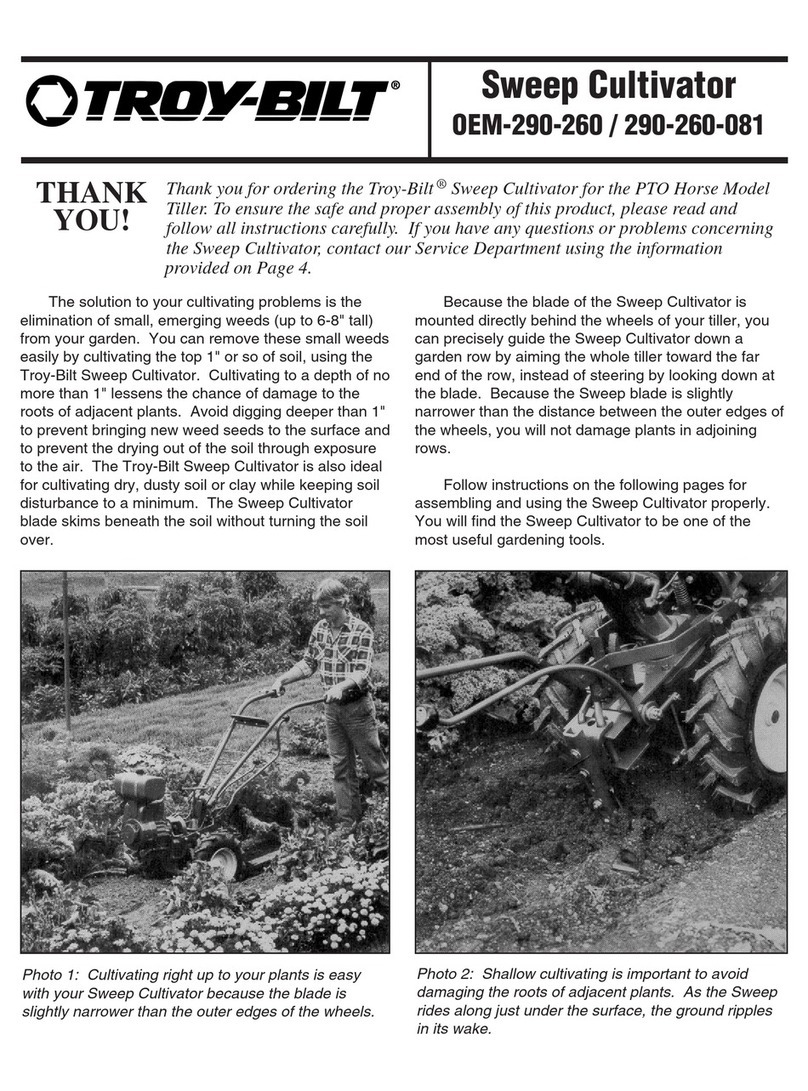
Troy-Bilt
Troy-Bilt OEM-290-260 Operator's manual
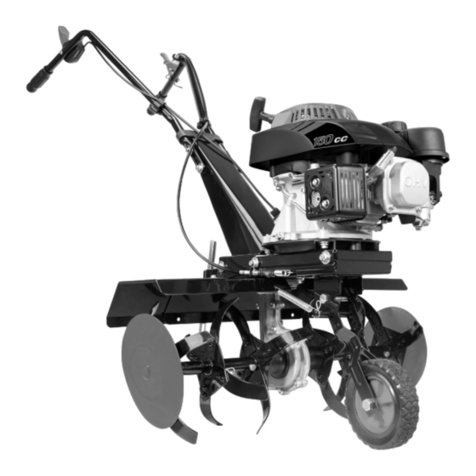
Scheppach
Scheppach MTP560 Translation from the original instruction manual
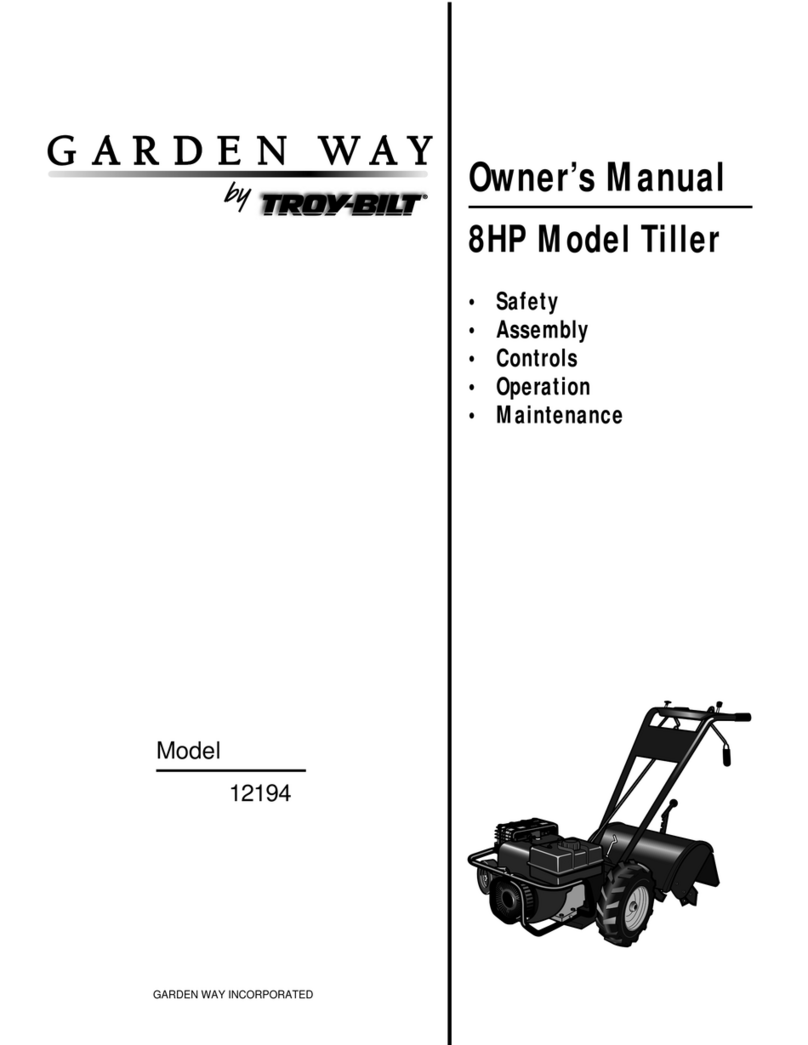
GARDEN WAY
GARDEN WAY 12194 owner's manual
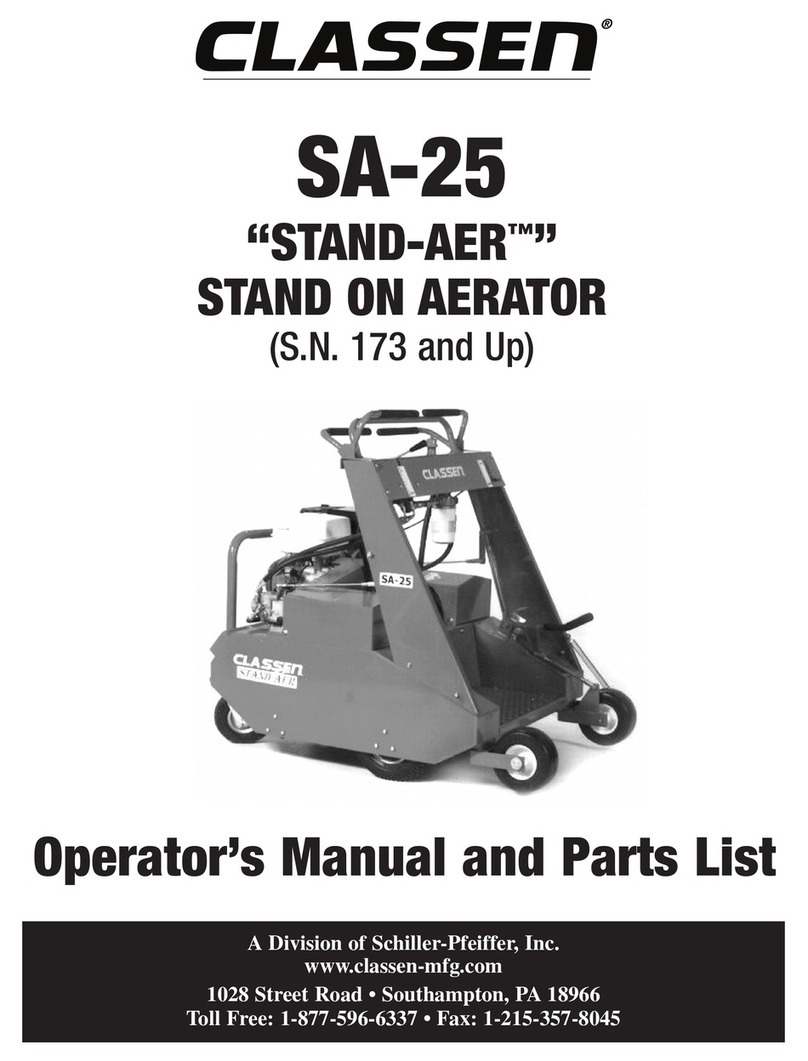
Classen
Classen STAND-AER SA-25 Operator's manual and parts list
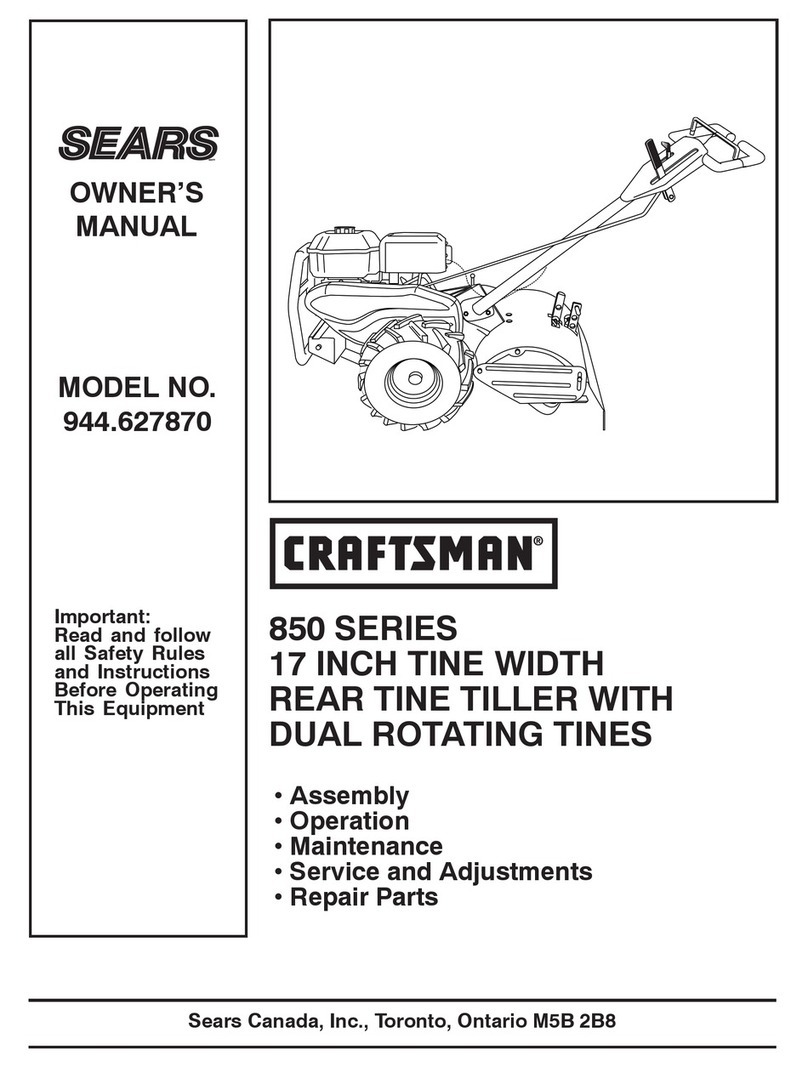
Craftsman
Craftsman 850 Series owner's manual

DR
DR PILOT 2 Safety & Operating Instructions

Altrad
Altrad ATIKA BH 1400 N Original instructions, safety instructions, spare parts

WIL-RICH
WIL-RICH 2500 Operator's manual

Viking
Viking HB 685 instruction manual
